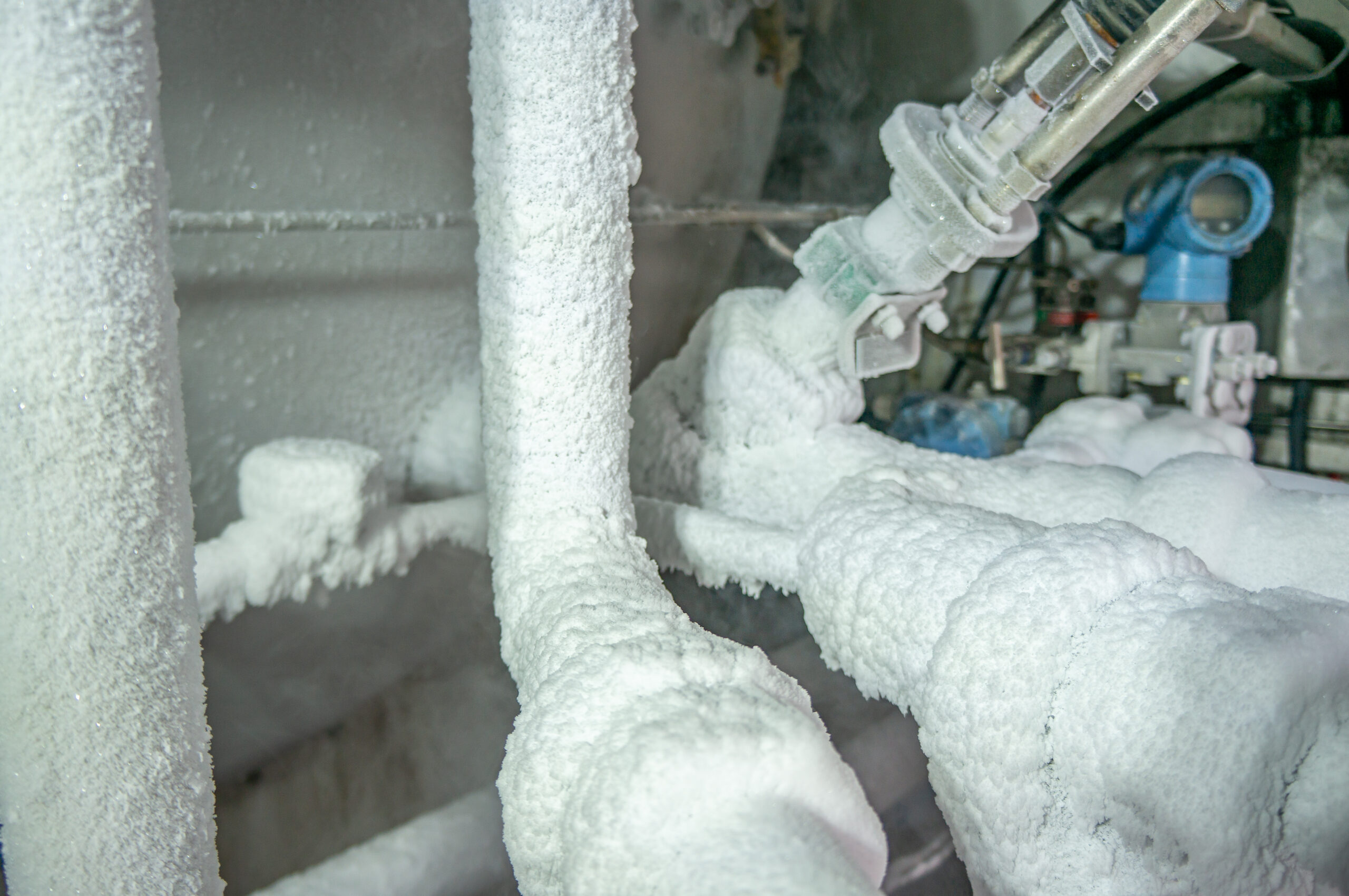How to Unfreeze Pipes: A Step-by-Step Guide for Homeowners

Frozen pipes are a common issue for many homeowners during the cold winter months. Knowing how to unfreeze pipes safely and effectively is crucial to prevent potential damage and costly repairs. This step-by-step guide will help you understand how to unfreeze pipes which is frozen and why it's important to avoid using salt and chloride-based ice melts in the process.
Identify the Frozen Pipe
The first step in how to unfreeze pipes is identifying the frozen section. You can usually locate it by checking for pipes that are visibly frost-covered or by feeling for particularly cold sections. Often, the frozen pipe will be located in areas of your home that are unheated or poorly insulated.
Open the Faucet
Before you begin the thawing process, open the faucet that the pipe feeds into. This will allow water to flow through the pipe once the ice begins to melt, helping to remove the ice blockage. Keeping the faucet open also helps to relieve pressure inside the pipe and reduces the risk of a burst.
Apply Heat to the Frozen Section
Start applying heat to the section of the pipe that is frozen. This can be done using a hair dryer, a heat lamp, a portable space heater, or heat tape. When using electrical devices, be cautious of water and ensure you do not come into direct contact with the pipe to avoid burns.
Use Warm Towels
Another method is to wrap the frozen section with towels soaked in hot water. This can be a slower process but is a safe and gentle way to thaw the pipe.
Never Use Open Flames
It’s crucial to avoid using open flames, such as a propane torch, as this can damage the pipes and pose a significant fire risk.
Check for Leaks
Once the pipe has thawed, check for any leaks. Freezing can cause pipes to crack or burst, and even a small leak can lead to significant water damage over time.
Preventative Measures
To prevent pipes from freezing in the future, consider insulating your pipes, especially in areas that are not heated, like basements or garages. Keeping your home at a consistent temperature and allowing faucets to drip slightly during extremely cold weather can also help prevent freezing.
Negatives of Using Salt and Chloride-Based Ice Melt
When dealing with frozen pipes, some might consider using salt or chloride-based ice melts. However, these substances can be corrosive and may cause damage to your pipes over time. They can also have detrimental environmental impacts, such as soil and water contamination.
Recommendation: Safe Paw Ice Melt
Instead of using harmful salt-based ice melts, consider using a product like Safe Paw. It's a chloride-free and toxin-free ice melt that is safe for pets and people, making it an ideal solution for deicing around your home without the risk of damaging your pipes or the environment. Safe Paw works effectively At low temperatures and does not corrode metal, making it safe for use around all types of plumbing.
Conclusion
Knowing how to unfreeze frozen water pipes is an essential skill for homeowners, especially in colder climates. By following these steps and using safe, non-corrosive products like Safe Paw, you can effectively thaw your pipes and prevent future freezing, keeping your home safe and damage-free throughout the winter months.
Comments
Post a Comment